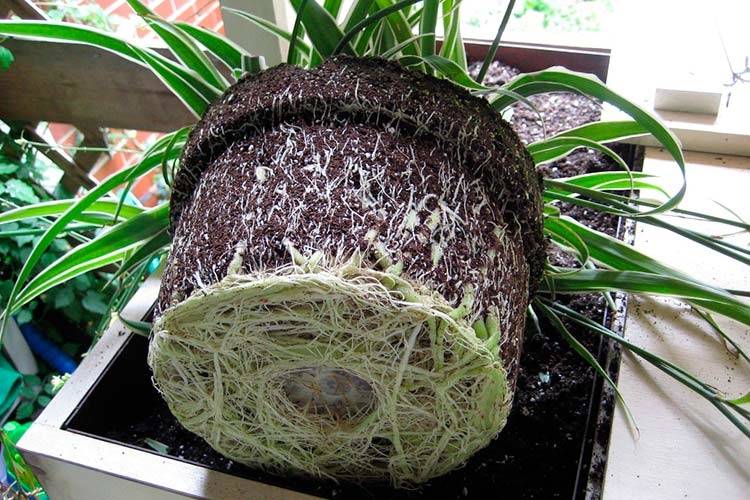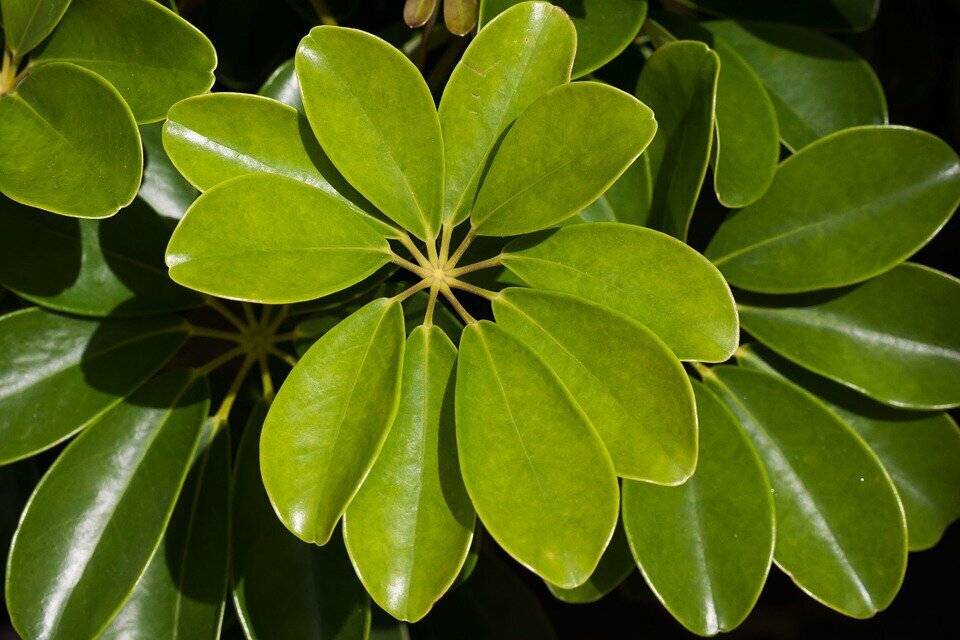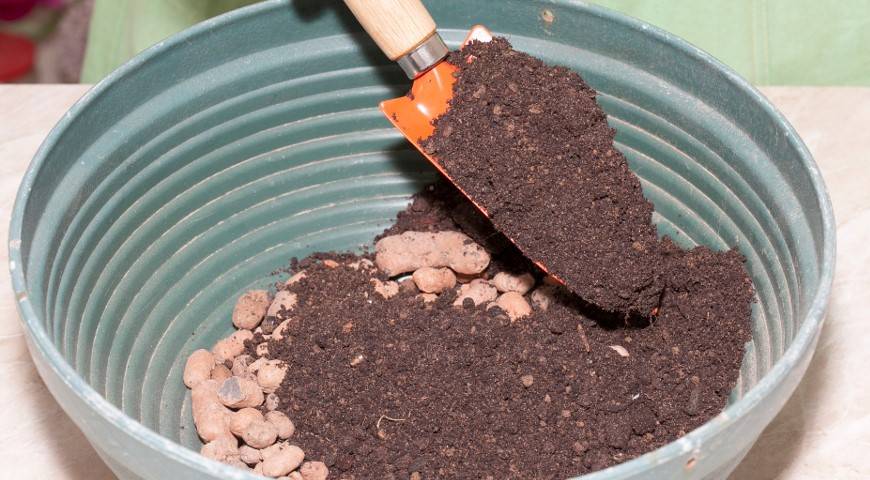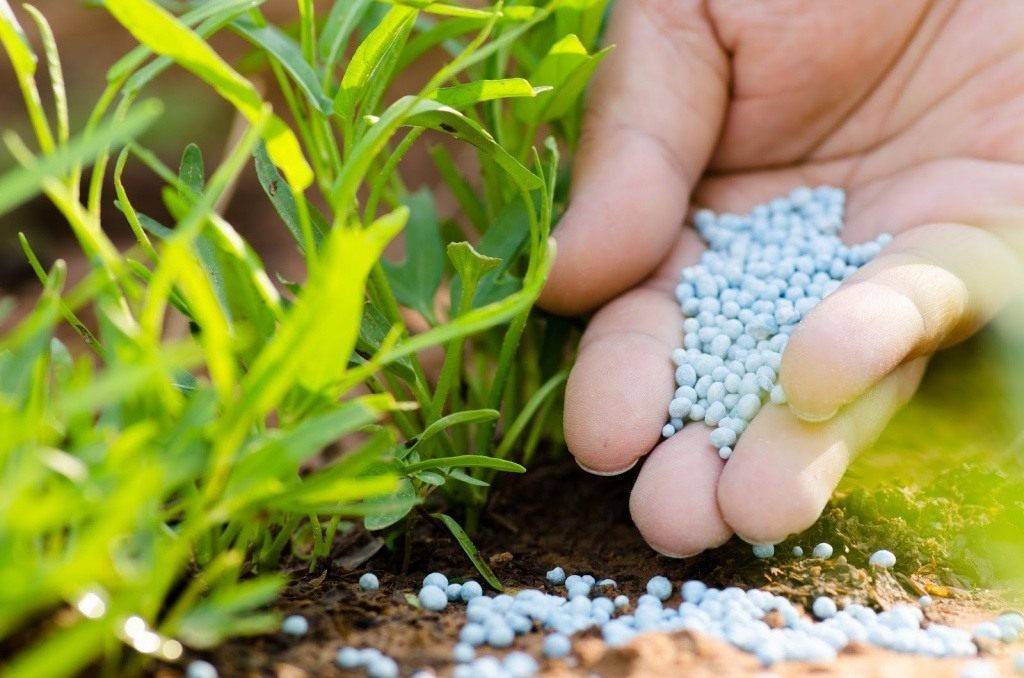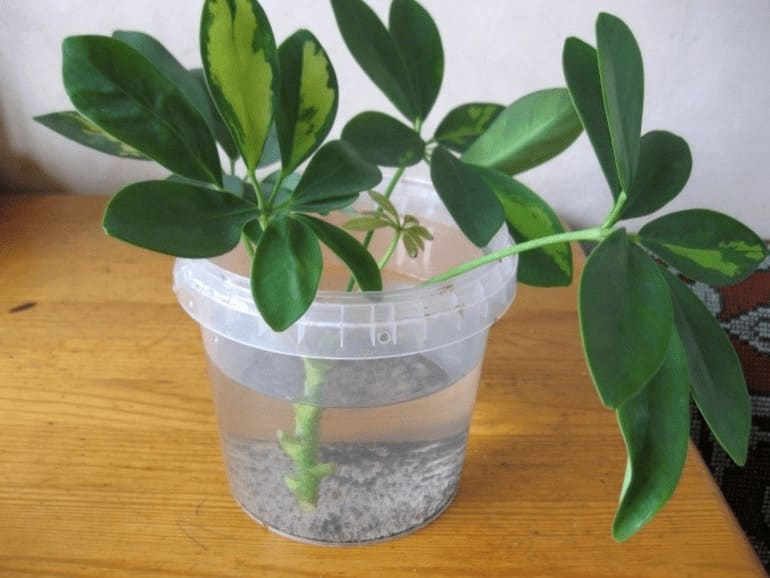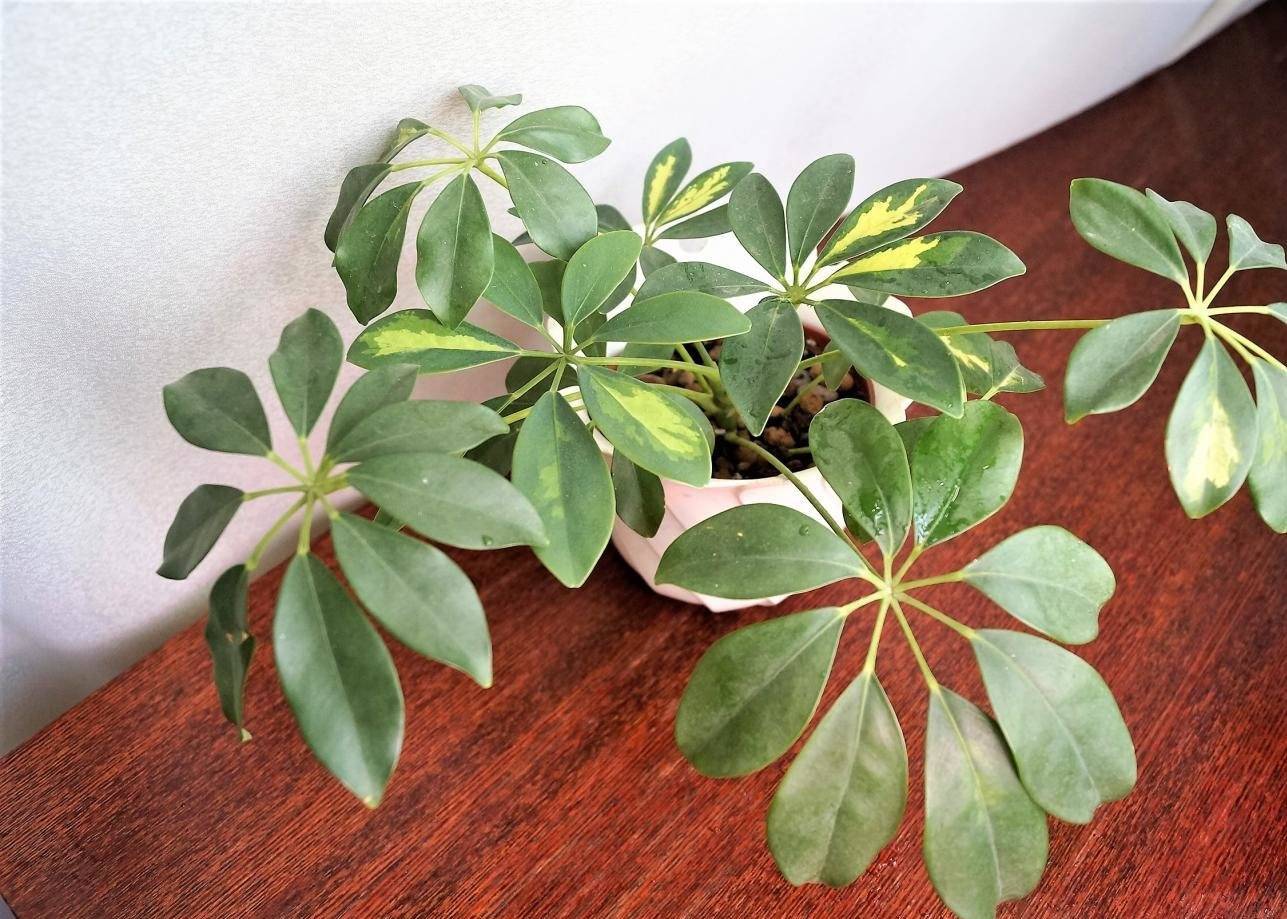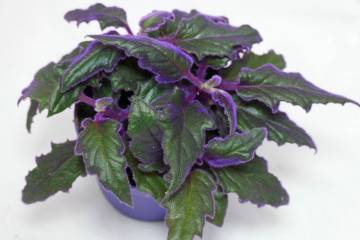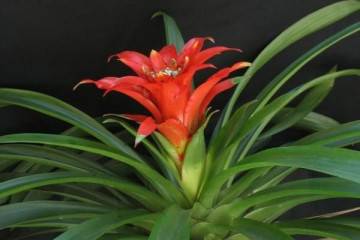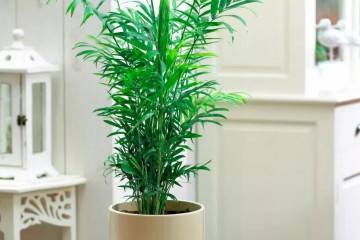Sheflera flower - home care
Content:
Sheflera is an indoor flower that is also often found in office buildings and shops. The plant belongs to the Aralievye family, grows in tropical conditions. In the wild, it is found in Australia, China, Japan, in the island territories of the Pacific Ocean. What is a cheflera flower in home care, it is worth considering in more detail later.
Sheflera flower: general information
Schefflera, whose care consists in adjusting the illumination, humidity, temperature conditions, meets the luxurious appearance, is well-compatible with any interior compositions. You can keep the tree outdoors, but only in summer and in partial shade.
If in the wild the shefler is a tree, at home it is an ornamental bush. The plant is very showy with leaves. Large decorative plates are placed on a high petiole, dissected into 4-12 lobes. Because of its appearance, the green bush is often referred to as a gnome umbrella.
The plant has flowers that appear only with very good care, it generally does not bloom at home. The inflorescences are similar to tentacles or antennae. This species blooms successfully in a botanical garden and can reproduce in different ways. Due to its unpretentiousness, the chef is able to decorate any, even a dark room.
Descriptions of the indoor flower of the chefler
The sheffler flower is often grown as Benjamin's ficus. It is a large indoor tapeworm that looks like a tree or bush. The leaves of the plant are quite large, but the shoots are usually small in thickness.
Due to the seeming diminutiveness, lovers of home plants often plant several shefflers in one pot. The plant grows with one common stem, a beautiful weave is obtained. This option does not require support, it looks original due to a very spreading crown. A single sheffler, on the other hand, requires additional support.
Types and varieties of cheflers
Scheffler's plant is quite aggressive, successfully displacing other crops. The green bush differs in species, among which there are specimens with a narrow, rounded, jagged and wavy leaf shape. In total, there are more than a hundred related sheffler specimens.
- Schefflera tree or woody
The homeland of this subspecies is the island of Taiwan. This is an evergreen bush, which is about 4 meters high. The leaves are divided into 7-9 plates, the color is variegated. The variety is distinguished not only by its unpretentiousness, but also by its extraordinary beauty.
- Sheflera Caster
This type is the smallest, suitable for those gardeners who do not have voluminous areas for growing trees. The caster grows up to 30 cm, will serve as an ornament for both home and office interiors.
- Sheflera Gold Capella
It is a tree species. The leaves are dark green with bright golden strokes and spots. Schefflera prefers especially intensive home care. The plant must not only be watered, but also timely fed, transplanted and wiped with a soft rag.
- Sheflera radiant
In its native land, the sheffler houseplant grows like an epiphyte, releasing roots on other vegetation. In Australia, this plant acquires many aerial roots. The height of the subspecies itself is about 12 meters, the sheet plate is up to 60 cm in circumference.
Under indoor conditions, the subspecies is about 80 cm high. The subspecies is distinguished by very decorative foliage, which is olive, light green, fine-toothed.
- Sheflera eight-leafed
This cheflera grows in Asia. At home, it grows as a bush or tree about 2-16 meters. The leaves have a rosette of eight plates, beautiful, leathery, glossy. The shape of the leaf plates is different - from oval to ellipse. How to care for a sheflera of this variety is more detailed below.
- Sheflera's most graceful
The native land of the subspecies is Australia or New Zealand. The green mass is very lush and graceful, there are few stems. Natural chefs grow up to two meters, and indoor chefs have a height of no more than 50 cm.
- Shefler Veitch
Sheffler's indoor flower is interesting for the reddish shade of the leaves. With age, the green mass changes color, but the shape still remains very unusual. The leaf plate itself is wavy, and serrated along the edge. At home or in the office, this variety will be a real decoration.
- Sheflera's finger
The native land of the subspecies is New Zealand. Here the plant is three meters in height, but in indoor conditions it does not rise above 60-70 cm. Like all other species, it has interesting dissected leaves with the number of plates from 7 to 14. In appearance, the greens are slightly wavy. In adulthood, the edges of the foliage become jagged.
- Sheflera's business
In nature, it grows in the forests of Western China. The natural growth of the plant is 2-3 meters. The variety is distinguished by the beauty of leaves that resemble oak leaves. In indoor conditions, the variety can be half a meter, it treats well a little shading, it is unpretentious in care.
Sheflera flower - home care
The best time to transplant a plant is spring. When a bush or tree is formed, the transplant is carried out about once a year. In this case, more spacious containers are selected each time.
The topsoil, which is more oxidized, needs to be changed. The flower is quite demanding on the drainage layer. It should rise one quarter of the height of the pot. The best drainage option for a palm tree is expanded clay. You can also lay out an old ceramic pot, broken into small pieces.
What is needed for landing
The plant can be planted in close to natural conditions. Any extremes will be disastrous, including:
- high temperatures, above thirty degrees;
- drafts;
- dampness;
- lack of light;
- direct ultraviolet light.
For example, the optimal temperature for chefs is considered to be 16-22 degrees. Under acceptable conditions, the plant will more easily cope with problems, it will tolerate diseases better. The lower temperature threshold is 10-12 degrees.
Choosing the best place
The conditions for the growth of the cheflers must coincide with those in the natural habitat of the plant. The optimal location for most species is on the light side, protected from drafts.
Planting process
Early spring or late autumn is suitable for transplanting a plant. The clod of earth in the pot must be completely entwined with roots. A transplant is desirable once a year. The first step for the transplant procedure is a good shedding of a clod of earth. Then the plant must be carefully pulled out.
The new transplant pot should be 5-7 cm larger than the old one.In a smaller pot, the roots will not receive proper nutrition, and if there is a lack of moisture, the plant will get sick.
Top dressing is excluded in winter. You can occasionally add ash. The best method for transplanting sheflers is transshipment without destroying the old coma. From a sufficiently large pot, the plant can not be transplanted. It is advisable to replace the top layer of soil, you need to remove about 9 cm.
Breeding cheflers
There are three available methods for plant propagation:
- planting seeds;
- digging cuttings;
- air outlets.
The air method is interesting in that in order to obtain a root, it is enough to incise a part of the bark of an adult chefler. To achieve the best result, it is recommended to wrap the growth point with moss, having previously moistened it in a liquid. Then it remains to wait for the appearance of the roots. The grown layers must be cut and planted separately from the mother plant.
Propagation by cuttings
For cuttings, woody shoots of an adult are needed, which must be dipped in a stimulating nutrient mixture. It is advisable to place the cuttings in a moist substrate, covered with a bag or jar. The plant is transplanted to a permanent place only after rooting.
Growing from seeds
It is recommended to buy seeds for transplanting at a flower shop. For planting, you need wet soil mixed with sand in equal proportions. If you cover the substrate with a bag or jar, the first leaves will appear rather quickly. Seedlings can be transplanted into a separate pot when both first leaves grow.
Caring for the chef at home
When caring for a sheflera, it is important to remember that plant sap can cause dermatitis. If you plan to pinch or transplant manipulations, you need to wear gloves.
Healthy cheflera leaves are glossy, but sometimes the sheen disappears. This is due to dust accumulated on the surface. The plant responds well to daily cleaning with a damp cloth. Large species will benefit from a warm shower. During this procedure, the pot must be wrapped tightly. This will prevent excess liquid from entering. To prevent damage to the leaves, the pressure must be made weak.
Watering mode
To water the plant, you need to use settled water, at room temperature. The quality of the liquid should be optimal; cold water should not be used at all. It is possible to use chilled boiled liquid or distilled water.
Good soil moisture is important for the plant. It is important to remember that the soil dries out especially quickly at high temperatures. Watering frequency in this mode should be increased.
In summer, the plant needs to be watered once every 2-3 days, focusing on the condition of the soil. In winter, it is enough to water once a week, or less often.
Top dressing
Any flower fertilizer is suitable as a top dressing for the chefler. They are available in a wide variety of specialty stores. Indoor perennials usually respond well to complex organic matter and mineral fertilizers. You need to feed the plant especially carefully from mid-April to early September.
Preparing for winter
In cold weather, with a decrease in the amount of sunlight, a period of rest begins. To slow down metabolic processes, the frequency of watering is usually reduced, and vitamin supplements are not used. At low temperatures, it is important to ensure maximum light exposure.
As in any business, growing chefs can be difficult. One of the problems is leaf fall. This is usually the result of too much watering or too high a temperature. Due to lack of lighting, rotting of the root system may occur.Leaves lose color and turn pale. Pests can be particularly damaging.
Sheflera is an exquisite, amazing, unusual plant that leaves few people indifferent. In care, the view is unpretentious, fits into any interior. The flower pleases with sophistication in a non-trivial way. Everyone can grow it, but you will have to carefully study the recommendations.

